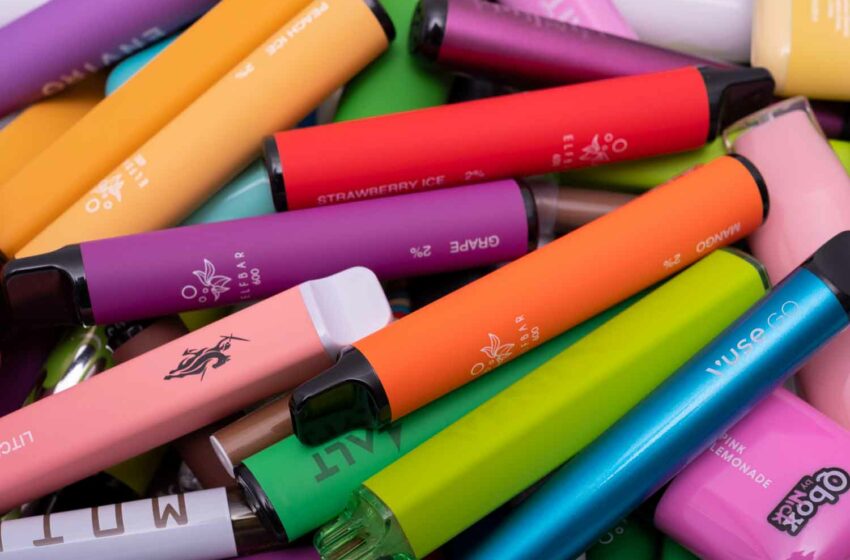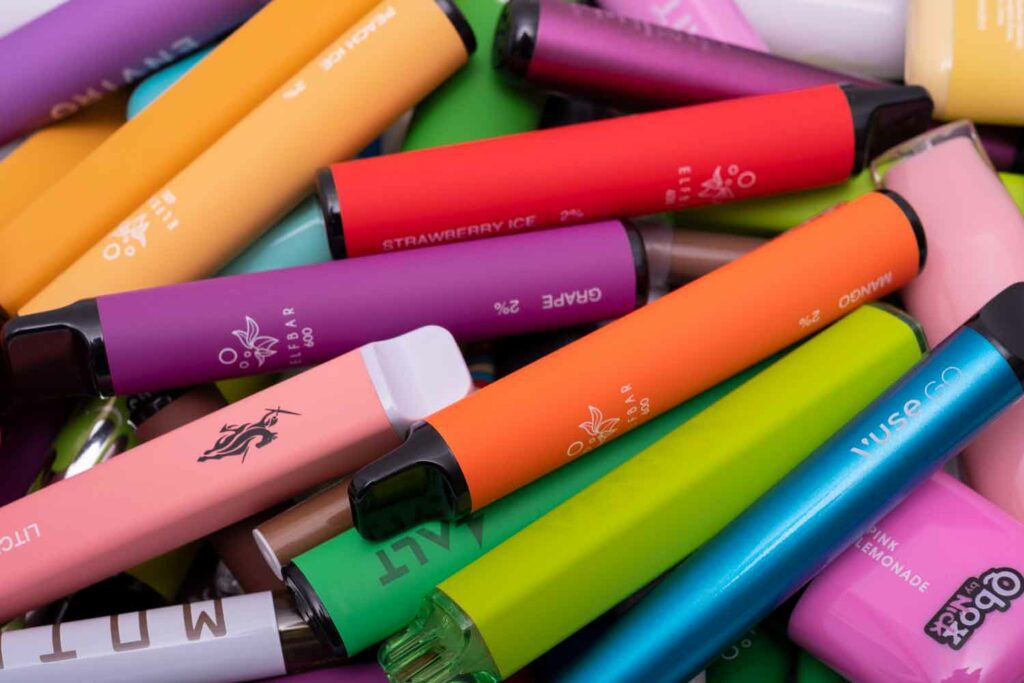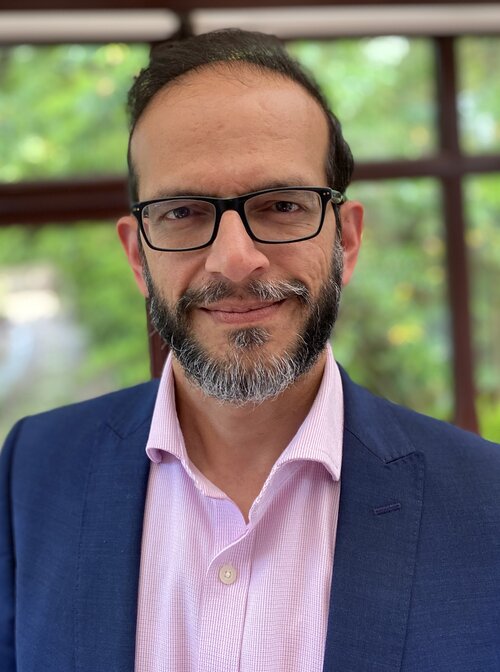Derailing Harm Reduction?
- Also in TR Harm Reduction Illicit Trade News This Week
- October 28, 2024
- 0
- 12 minutes read


The unhelpful contribution of illicit vaping products
By Pieter Vorster and Sudhanshu Patwardhan
The rise of vaping as an alternative to smoking has brought the promise of significant net public health benefits but equally meaningful regulatory challenges. While legitimate vaping products can serve as a powerful harm reduction tool for adult smokers, the proliferation of illicit vaping products has introduced a plethora of problems that require careful consideration.
This article will address the various impacts of illicit vaping products—ranging from health risks and tax revenue loss to underage use, environmental concerns and the potential for increased criminal activity. In countries where vaping products are banned, the illicit vape market has not only taken over but is also leading to a vicious cycle of vilifying an entire category of products that potentially offer a much less risky alternative to combustible tobacco users. The accompanying stigmatization and criminalization of smokers who seek safer alternatives is an affront to human rights. We will also explore the key drivers of the illicit market and potential solutions to mitigate these.
Health Risks Associated With Illicit Vaping Products
A key concern with illicit vaping products is the absence of regulatory oversight. Legitimate manufacturers must adhere to safety standards that ensure their products do not pose unnecessary risks to consumers. These regulations cover product composition, labeling and the disclosure of ingredients. In contrast, illicit products bypass these standards, introducing the potential for harmful substances in e-liquids, unsafe nicotine levels or faulty hardware, such as poorly constructed batteries.
Potential health risks include:
- Contaminated ingredients: Illicit vaping liquids may contain dangerous additives such as harmful chemicals or poorly sourced nicotine, increasing the risk of respiratory issues and other health problems.
- Unregulated nicotine levels: Illicit products can contain nicotine concentrations far beyond legal limits, exacerbating addiction or leading to nicotine poisoning.
- Defective devices: Poorly made or counterfeit devices may lead to malfunctions, such as battery explosions or inadequate heating mechanisms, posing physical dangers to users.
Loss of Tax Revenue and Market Disruption
Illicit vaping products not only pose health risks but have economic consequences as well. In jurisdictions where vaping products are subject to excise taxes or sales tax, such as in many European countries and parts of the United States, the sale of untaxed products represents a significant revenue loss for governments. These funds are often intended to support public health programs, anti-smoking initiatives or infrastructure investments. The absence of taxes on illicit products undermines these efforts and contributes to a broader sense of inequity within the market.
Moreover, the price difference between legal and illicit products distorts the market. Legitimate operators who comply with taxation and regulatory requirements face unfair competition from cheaper illicit products. The lower price points of these illegal products not only make them more accessible but also undermine the efforts of legal businesses to compete, leading to the potential loss of jobs and investment in the legitimate sector.
Underage Use and Accessibility
One of the most troubling aspects of illicit vaping products is their role in enabling underage access and use. In most countries, the sale of vaping products to minors is strictly prohibited, and legitimate sellers are typically required to adhere to age verification processes. However, illicit products bypass these restrictions. Without regulated sales channels, these products can be more easily acquired by underage consumers, contributing to a rise in youth vaping.
Factors contributing to underage use include:
- Lower prices: The affordability of illicit products makes them more accessible to those who are underage and often more price-sensitive.
- Unregulated sales channels: Without the oversight that governs legitimate sales, underage individuals can purchase these products through informal networks or online marketplaces with little to no age verification.
The availability of illicit products for underage users creates a broader public health challenge. While the long-term effects of nicotine on developing brains remain debated, concerns about early nicotine exposure, potential addiction and its impact on cognitive function continue to drive public health discourse and have been key to the Food and Drug Administration’s highly restrictive premarket tobacco product application process in the United States.
Elsewhere, the rise in underage vaping, fueled by the availability of illicit products, has prompted calls for stricter regulation of the legitimate market. In the U.K., for example, concerns about underage use have led to proposals for more stringent controls on all vaping products, which could inadvertently restrict access for adult smokers who use vaping as a tool for tobacco harm reduction.
Environmental Concerns
The environmental impact of illicit vaping products is another significant issue. Many of these products, particularly disposable vapes, are not designed with recyclability in mind. Since illicit manufacturers often prioritize cost savings over environmental considerations, their products are less likely to comply with proper waste disposal or recycling guidelines.
Environmental risks include:
- Disposable vapes: Many illicit, disposable vapes are discarded improperly, contributing to plastic waste and electronic waste.
- Recycling challenges: Legal products are often part of recycling schemes or are designed with recoverable materials, but illicit products do not follow these environmental protocols.
A lack of proper disposal mechanisms for illicit products not only exacerbates broader environmental challenges such as electronic waste and plastic pollution but also fuels calls for stricter regulation, or bans, of legal products.
Criminal Violence and the Illicit Market
In addition to the public health and economic consequences, the illicit vaping market has the potential to fuel criminal activity, particularly organized crime. The sale of untaxed and unregulated products can provide a significant revenue stream for criminal organizations, which, in turn, may lead to increased violence. Australia, which has imposed a de facto ban on vapes through its prescription model, has seen rising concerns about criminal violence linked to the illegal trade in vaping products. As the illicit market grows, so does the likelihood of violence between rival groups vying for control of the black market.
Illicit Vaping—A Bipolar Problem?
Growth in the illicit vaping market is being driven by a combination of factors. Peculiarly, the two bookends of the regulatory spectrum pose the highest risk: overly restrictive or prohibitive at one end and notification with poor enforcement at the other. It is easy to understand why prohibition or overly restrictive frameworks can be conducive for illicit products in the market—decades of prohibition experiments on alcohol, drugs and even chewing gums have shown how that can skew market economics in favor of bad actors.
Regulations that are perceived as overly restrictive can push consumers and sellers toward the black market. In countries like Australia and the United States, where vaping regulations are particularly stringent, the high cost of compliance, limited access to legal products and high taxes can drive demand for illicit alternatives. These overly restrictive policies, while intended to protect public health, may inadvertently encourage consumers to seek out cheaper, unregulated options that bypass legal requirements.
In the U.S., where only a limited number of products have been granted marketing authorization by the FDA (none of which are disposable), disposable vapes are estimated to account for close to 60 percent of national unit sales in tracked sales channels.
Australia is another widely reported example of rampant sales of illicit vapes in response to a draconian regulatory framework, and the list does not end there. India and Thailand, among others where sales of vaping products are banned, have seen significant black markets emerge.
At the other end are countries where there is no requirement for authorization per se and a basic notification process is considered adequate. Indeed, it may seem counterintuitive that harm reduction goals could be helped by the introduction of barriers to product launches and rapid innovation. However, an overly simplified notification process has the potential to put excessive responsibility on enforcement agencies in the marketplace. For example, in jurisdictions where a vaping product/SKU can be launched following a simple notification process of contents and related risk assessments, the potential exists for unscrupulous manufacturers and distributors to introduce products containing illegal additives or higher-than-allowed nicotine levels in a seemingly legal way. The EU Tobacco Products Directive and its transposition into local regulations in EU and ex-EU countries such as the U.K. creates such a situation. In the U.K., the U.K. Vaping Industry Association (UKVIA) believes that 40 percent to 60 percent of disposable vapes sold in the U.K. are likely illicit.
A lack of adequate resources for law enforcement agencies also contributes to the persistence of the illicit market. Without sufficient funding and personnel to investigate and crack down on illegal operators, the illicit trade in vaping products continues to thrive. The combination of an unregulated supply chain and weak enforcement allows illicit products to enter the market relatively unchecked.
Potential Solutions
Addressing the issue of illicit vaping products requires a multifaceted approach involving both regulatory reform and enhanced enforcement mechanisms. Some potential solutions include regulatory reform, strengthened law enforcement and public awareness campaigns.
Regulatory Reform
Governments must strike a balance between protecting public health and ensuring that regulations do not drive consumers to the black market. By adopting a regulatory framework that allows adult consumers to access legal vaping products while maintaining appropriate safety and quality standards, policymakers can reduce the demand for illicit alternatives. This could involve:
- Harmonizing regulations: standardizing regulations across jurisdictions to prevent regulatory discrepancies that fuel the illicit trade.
- Moderate taxation: implementing reasonable excise taxes that do not create a significant price disparity between legal and illicit products.
- Allowing legal access to adult smokers: Providing adult smokers with accessible, affordable and satisfactory regulated alternatives will discourage the use of unregulated products.
Strengthening Law Enforcement
To effectively combat the illicit market, governments must provide law enforcement agencies with the necessary resources to investigate and shut down illegal operators. This could include:
- Increased funding for investigations: allocating more resources to law enforcement agencies to crack down on illicit vaping supply chains.
- International cooperation: As the illicit trade often involves cross-border networks, international cooperation between customs and law enforcement agencies can play a vital role in curbing the flow of illegal products.
- Licensing and tougher penalties: In the U.K., the UKVIA has proposed a mandatory licensing framework for vape retailers and distributors, with fines of up to £10,000 ($13,038) for retailers and £100,000 for distributors. The scheme aims to generate additional funding for enforcement, estimated at £50 million annually.
Public Awareness Campaigns
Educating the public about the risks associated with illicit vaping products can help reduce demand. Public awareness campaigns can inform consumers about the health risks, potential legal consequences and environmental harms linked to using unregulated products.
By addressing the root causes of the illicit vaping market and implementing effective solutions, governments can safeguard public health, protect revenue streams and ensure that vaping products remain accessible to adult consumers seeking harm reduction.



